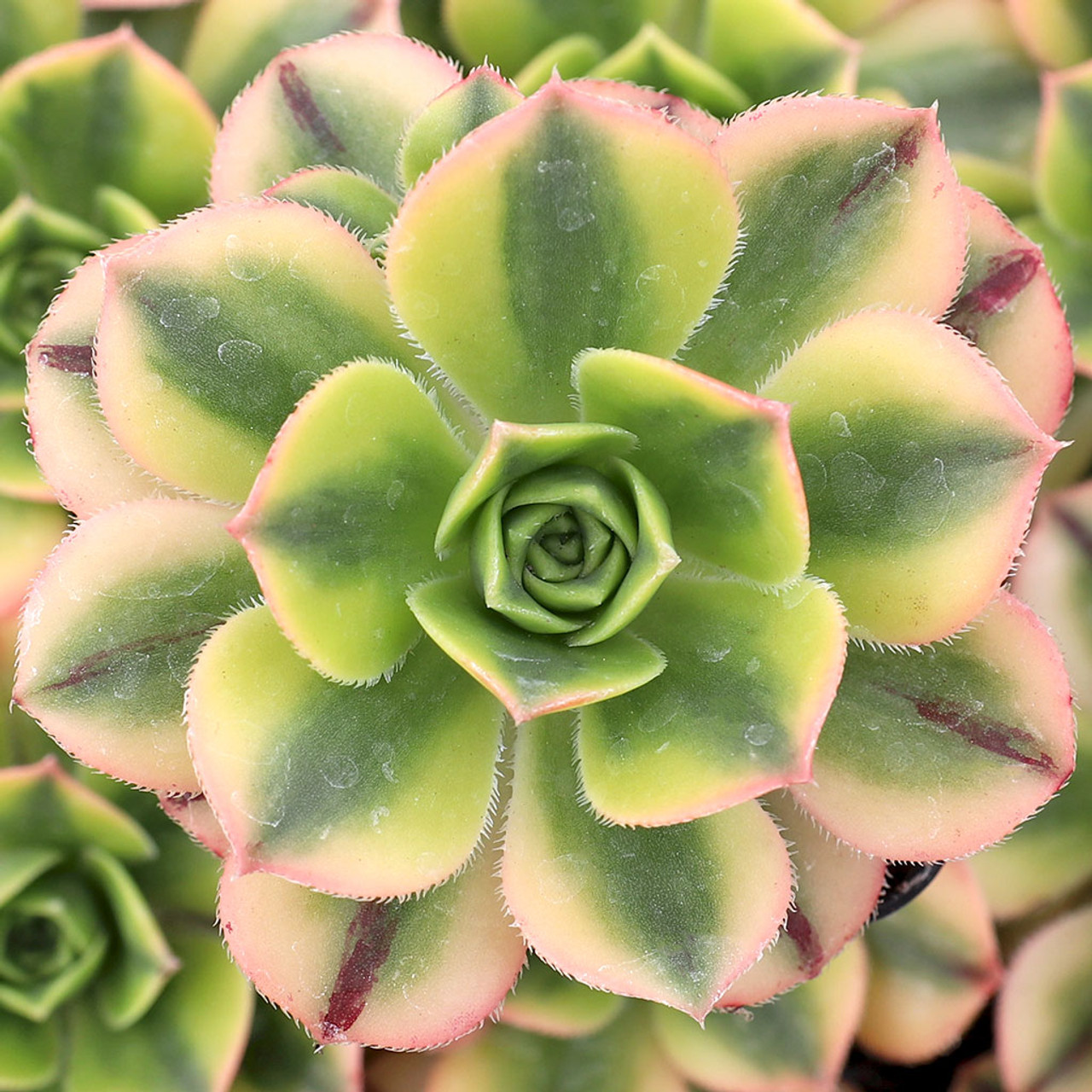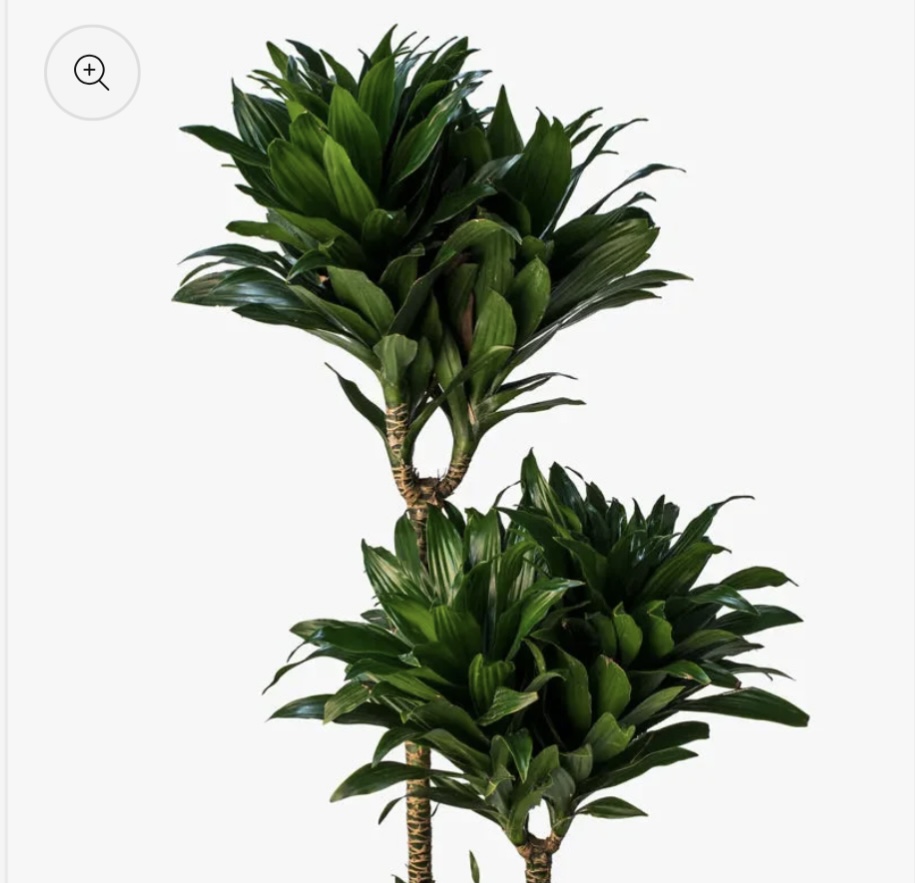- Login/Signup
- Seller Login
- عربى
-

- Select Country
-
 KSA
KSA

Homalomena Rub Maggy
KWD 120.000
In Stock
Fulfilled by - Greenhydroponic
Your order will be delivered as per the date and time you have selected
Product Quantity
Product Details
1.
Light Requirements
- Bright, indirect light: Place the plant near a window with filtered light, such as behind a sheer curtain. Avoid direct sunlight, which can scorch the leaves.
- Low light: The plant can tolerate low light but may grow more slowly under these conditions.
2.
Temperature and Humidity
- Temperature: Maintain a consistent range between 18–27°C (65–80°F). Protect the plant from cold drafts and sudden temperature changes.
- Humidity: This plant thrives in high humidity. You can use a humidifier or place the plant on a tray filled with water and pebbles to raise humidity levels.
3.
Watering
- Frequency: Water when the top 2–3 cm (1 inch) of soil feels dry. Avoid overwatering to prevent root rot.
- Water type: Use room-temperature water, preferably distilled or rainwater, to avoid salt and mineral buildup.
4.
Soil and Potting
- Well-draining soil: Use a potting mix combined with perlite and peat moss to ensure good drainage.
- Container: Choose a pot with drainage holes to prevent water accumulation.
5.
Fertilization
- Balanced fertilizer: Feed the plant with a balanced liquid fertilizer (e.g., 20-20-20) every 4–6 weeks during the growing season (spring and summer). Reduce or stop feeding in fall and winter.
6.
Pruning and Maintenance
- Remove dead leaves: Trim off any yellow or damaged leaves to maintain a neat appearance and plant health.
- Clean leaves: Wipe the broad leaves with a damp cloth to remove dust and allow better light absorption.
7.
Repotting
- Timing: Repot every 2–3 years or when the roots become crowded. Spring is the best time for repotting.
- Pot size: Choose a new pot only 2–3 cm (1 inch) larger in diameter to avoid water retention issues.
8.
Propagation
- Division method: During repotting, divide the root ball. Make sure each section has healthy roots and leaves to ensure successful propagation.
9.
Pests and Diseases
- Pests: Watch for mealybugs, spider mites, and aphids. Treat infestations with insecticidal soap or neem oil.
- Diseases: To prevent root rot, ensure proper watering habits and good drainage.







